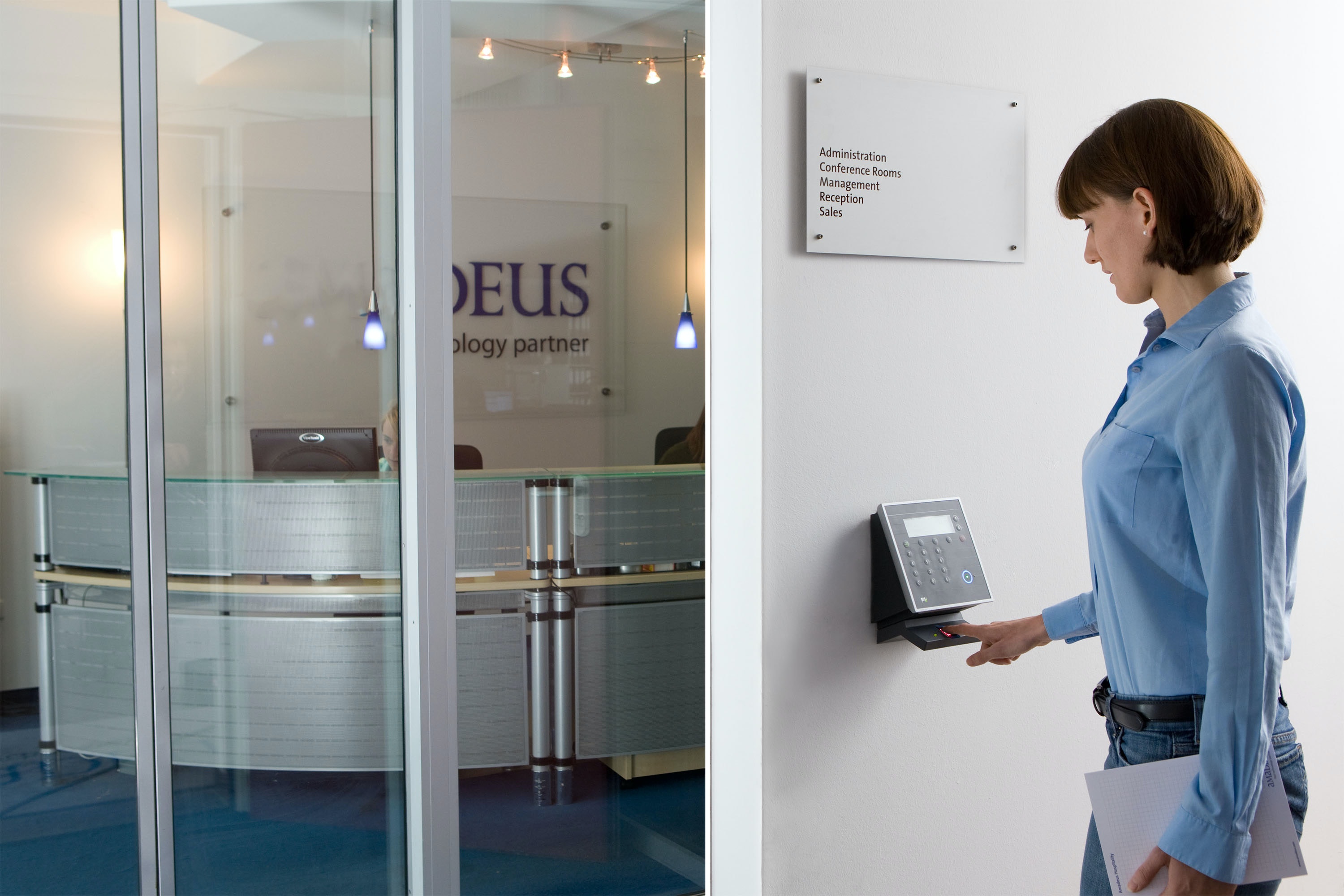Continuous Performance Optimization (CPO) is a process of continuously identifying and implementing opportunities to improve the performance of oil and gas operations. It is a data-driven approach that uses real-time data to identify areas where performance can be improved.
CPO can be used to improve a wide range of operational metrics, including production, efficiency, and safety. It can also be used to identify and mitigate risks.

Benefits to using Superior CPO in the oil and gas industry.
- Increased production: CPO can help to identify and implement opportunities to increase production. This can lead to increased profits for oil and gas companies.
- Improved efficiency: CPO can help to identify and implement opportunities to improve efficiency. This can lead to lower costs for oil and gas companies.
- Enhanced safety: CPO can help to identify and mitigate risks. This can lead to a safer workplace for oil and gas workers.
CPO is a complex process that requires a significant investment of time and resources. However, the benefits of CPO can be significant, making it a worthwhile investment for oil and gas companies.
Key components of Superior CPO:
- Data collection: The first step in CPO is to collect data on operational performance. This data can be collected from a variety of sources, including sensors, production records, and financial data.
- Data analysis: Once the data has been collected, it needs to be analyzed to identify opportunities for improvement. This analysis can be performed using a variety of statistical and analytical tools.
- Implementation: Once the opportunities for improvement have been identified, they need to be implemented. This may involve making changes to operating procedures, equipment, or personnel.
- Monitoring: The final step in CPO is to monitor the results of the implementation to ensure that the desired improvements have been achieved. This monitoring can be performed using the same data collection and analysis tools that were used in the first step.

Superior CPO helps you stay ahead in an ongoing process that should be continuously refined and improved. By continuously identifying and implementing opportunities for improvement, oil and gas companies can achieve significant gains in production, efficiency, and safety.



















